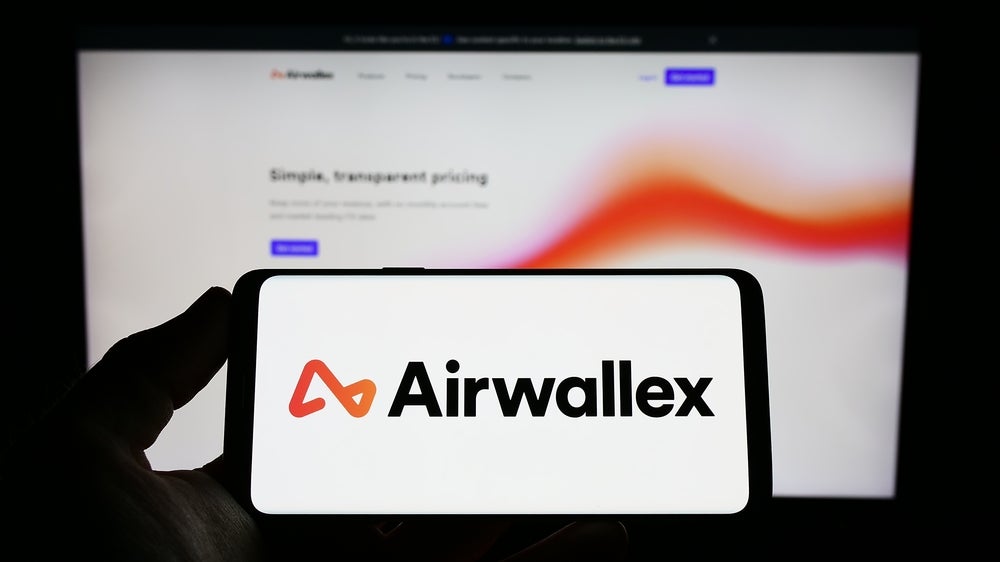With international sanctions removed and most operators reconnected to the SWIFT system, Iranian banks have resumed cross-border transactions and international card issuers and schemes are looking to invest and build market share, leading to increases in uptake and competition
Iran’s payment cards market recorded robust growth in terms of cards in circulation, transaction volume and value between 2011 and 2015, despite international sanctions.
Growth was primarily supported by the high banked population, Iranian government initiatives to encourage electronic payments, the country’s improved banking infrastructure, and a consumer shift towards card-based payments. In 2015, the average number of monthly transactions per card in Iran was 3.8, second-highest compared to regional peers such as the UAE (2.9), Kuwait (2.8), Saudi Arabia (1.6), Lebanon (0.9), Bahrain (0.8) and Oman (0.3); Israel had the highest average.
The Iranian government has taken a number of initiatives to encourage electronic payments and reduce dependency on cash. Consumers are charged a fee for using cash to pay utility and mobile bills. Many banks refuse to accept bill payments through cash, forcing consumers to use cards. Barcode readers and POS terminals are installed in branches to facilitate bill payments by card.
Also, many government organisations pay bonuses to employees in the form of gift cards which can only be used to make purchases and not withdraw cash. In October 2015, the president of the Central Bank of Iran announced plans to abolish cash transactions and implement electronic payments in the free-trade zone of Kish Island.

How well do you really know your competitors?
Access the most comprehensive Company Profiles on the market, powered by GlobalData. Save hours of research. Gain competitive edge.

Thank you!
Your download email will arrive shortly
Not ready to buy yet? Download a free sample
We are confident about the unique quality of our Company Profiles. However, we want you to make the most beneficial decision for your business, so we offer a free sample that you can download by submitting the below form
By GlobalDataRemoval of international sanctions
Banks in Iran were reconnected to the SWIFT system in February 2016, as international sanctions were lifted. This was based on an agreement between Iran and the P5+1 countries in July 2015, including the five permanent members of the Security Council: the US, the UK, France, China and Russia.
This allows banks in Iran to resume cross-border transactions with foreign counterparts. Almost all banks in Iran are now connected to the SWIFT system; the remainder are also in the process of integrating their payment processes with SWIFT.
The lifting of sanctions has also encouraged international card issuers and schemes to enter Iran’s cards and payments industry. For instance, South Korea’s Woori Bank opened a representative office in May 2016.
In December 2015, MasterCard announced plans to enter the Iranian market once sanctions were lifted. The company launched a channel on instant messaging app Telegram, through which it sends posts in Persian to attract Iranian consumers.
The Central Bank of Iran is also negotiating with international scheme providers such as JCB and CUP. In February 2016, the central bank announced that JCB credit cards would be issued in the country from the second half of 2016.
The increasing presence of international issuers and schemes is expected to bring more investment and competition into the Iranian payment cards market, resulting in higher uptake of payment cards.

Debit cards continue to dominate
Debit cards remained the most widely used payment card between 2011 and 2015, accounting for 99.4% of the total transaction volume in 2015.
Debit card penetration in Iran stood at 269.6 cards per 100 individuals in 2015, higher than regional peers Bahrain (93.9), Kuwait (90.3) the UAE (84.8), Oman (83.1), Saudi Arabia (71.2) and Lebanon (28.0).
Growth was supported by the continued migration of low-value cash payments to debit cards, government efforts to encourage retailers to accept card-based payments, and banks’ promotional activities.







